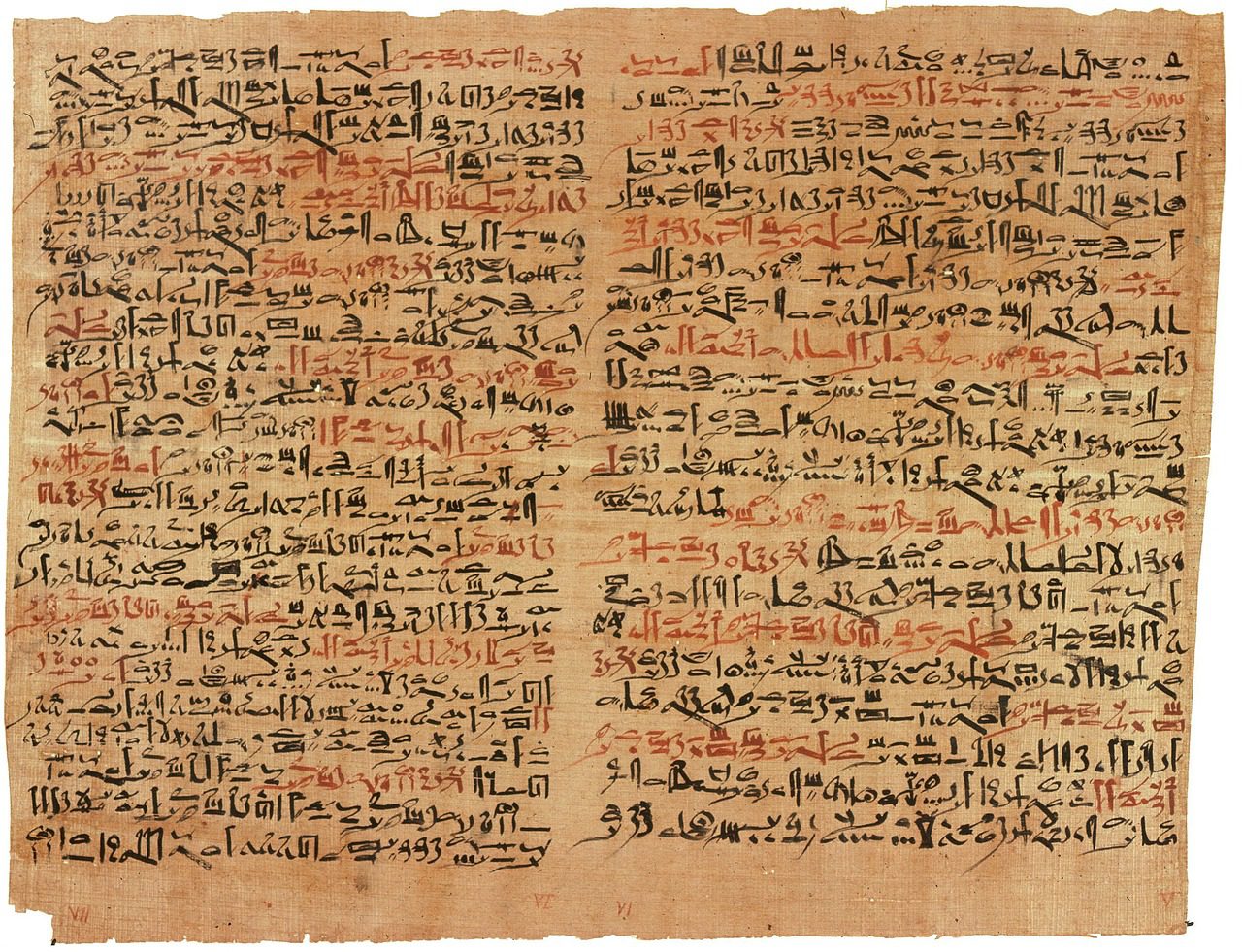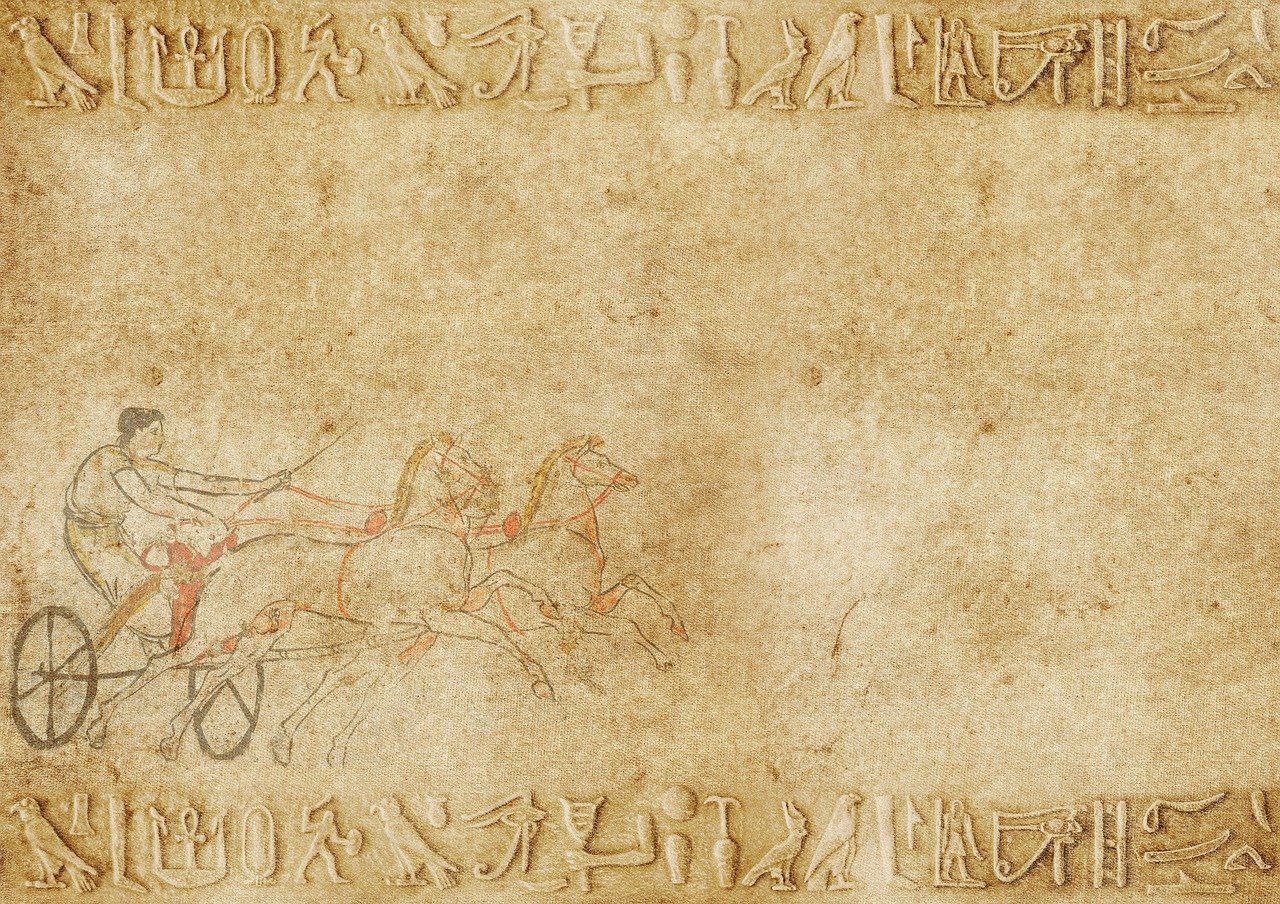The Book of the Dead is a unique set of funerary texts, known as “Per em hru” in Egyptian. It unravels the mysteries of the afterlife and provides a detailed guide to the soul of the deceased. Archaeologists, for decades, have sought to discover the secrets behind this literary treasure that has endured over millennia.

The Book of the Dead guided the souls of the deceased
From its use during the New Kingdom to Roman domination in Egypt, the Book of the Dead has been essential in funerary rituals. Its fundamental purpose was to ensure a safe passage to life after death.
These texts are composed of prayers, magical formulas, and colorful illustrations that bring to life the beliefs and mythologies of the ancient Egyptian civilization.

It describes the trials in the underworld, the judgment of Osiris and the crucial actions that the deceased had to take to ensure their resurrection. The document is surrounded by an amazing spiritual universe. It is of invaluable cultural and religious wealth.
Key points about the Book of the Dead
The Book of the Dead was a guide for the deceased on their journey through the underworld. The goal was to help overcome the challenges he would face after death. It was believed that by knowing and reciting the spells contained in the book, the deceased could ensure his entry into the afterlife and his resurrection.
- It is not a single book, but rather a collection of texts and spells that could be customized to fit the specific needs of each deceased. It was written on papyri or written on sarcophagi and tombs.
- The texts include prayers, magical formulas, and descriptions of the judgments the deceased would face in the afterlife. Also, the actions necessary to overcome these trials. Additionally, it included representations of deities and mythological beings associated with life after death.
- Many copies include colorful illustrations depicting scenes from the afterlife.
- It was used in funeral rituals and buried with the deceased to ensure help on the journey after death. They considered it essential to the well-being of the deceased in the afterlife.
It is important to note that the term “Book of the Dead” was coined by modern Egyptologists. In Ancient Egypt, this set of texts did not have a specific name.
A discovery of great archaeological value
In the Tuna al-Gebel cemetery, in central Egypt, archaeologists have been investigating a site more than 3,500 years old for a decade. Among the notable finds are mummies, sarcophagi, canonical vessels, amulets and “shabti” figurines intended to serve the deceased. However, the highlight was a papyrus containing part of the Book of the Dead.
Egyptologist Foy Scalf, from the University of Chicago, highlights the rarity of finding this copy even inside the tomb where he was buried. This find offers a unique insight into the ritual importance of these texts.
The Egyptian Ministry plans to display the scroll in the Grand Egyptian Museum, although this was not the only discovery in the burial chambers. Among the stone and wooden coffins that contained mummies, there is one belonging to Djehuty's daughter. He was a high priest of the god Amun who lived over 3,500 years ago.

